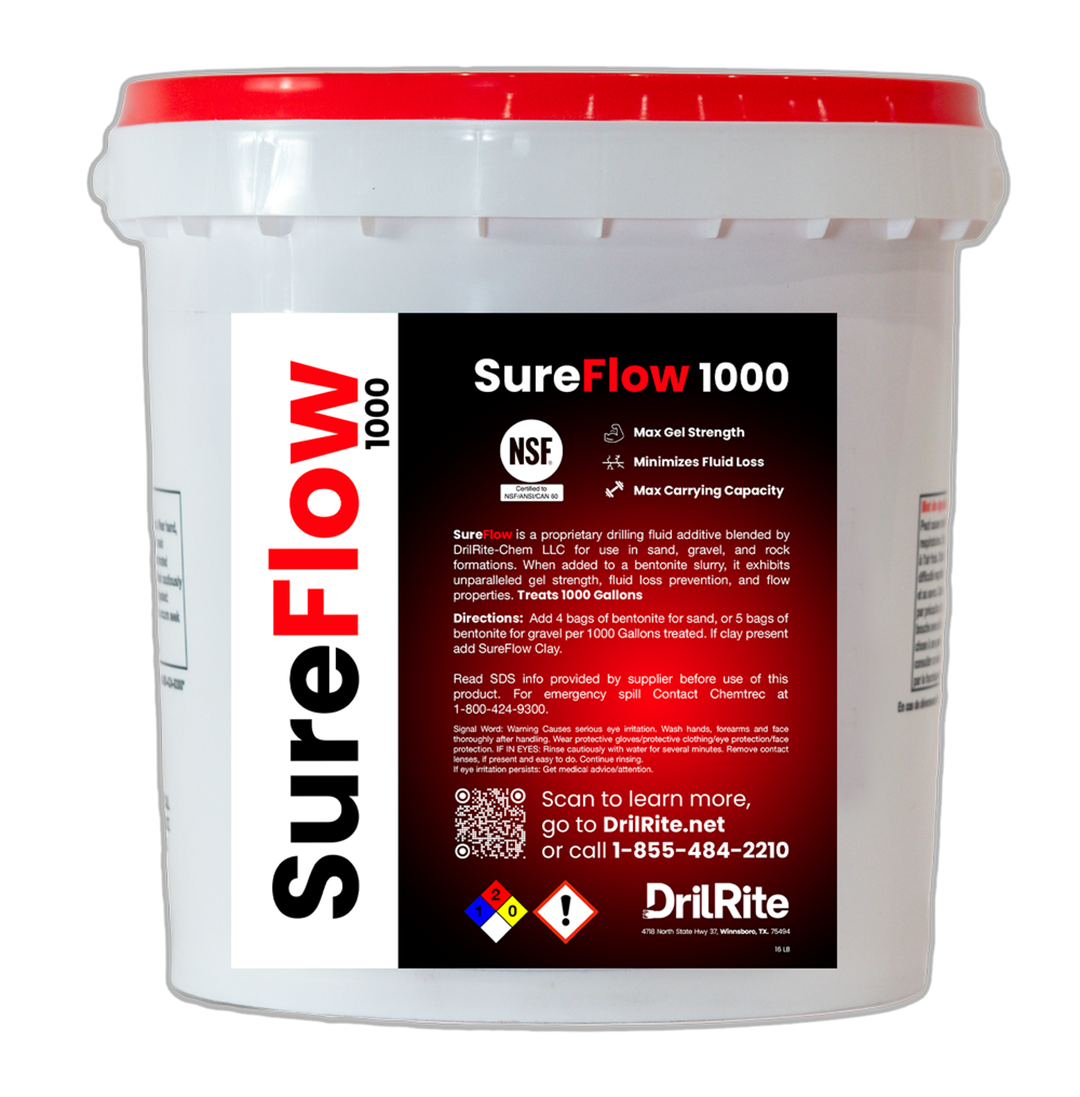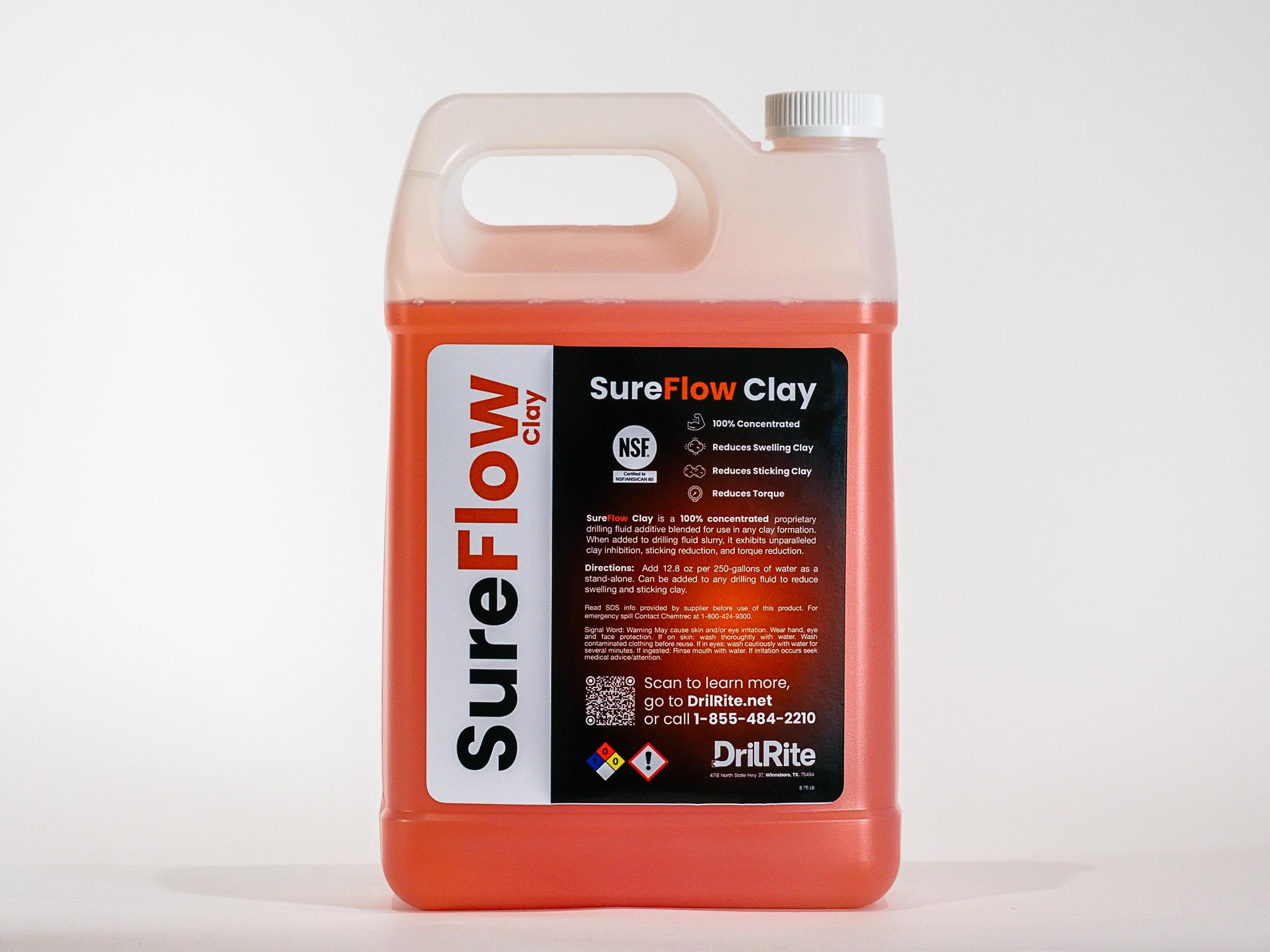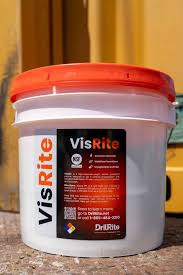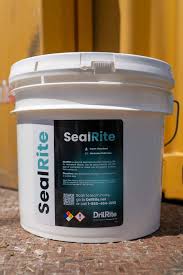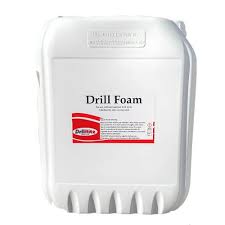What Are Drilling Fluids?
Drilling fluids, also known as drilling muds, are specialized liquids used in drilling operations to facilitate the process of drilling through various geological formations. These fluids are essential in the horizontal directional drilling, oil and gas, water well, mining, construction, and geotechnical industries. They are formulated with a combination of water, chemicals, and additives designed to optimize the drilling process, ensure safety, and protect the integrity of the drilling equipment.
Drilling fluids serve multiple purposes, including cooling the drill bit, carrying rock cuttings to the surface, maintaining borehole stability, and preventing blowouts. The composition of drilling fluids can vary depending on the type of drilling being done, the type of formation being drilled, and the specific requirements of the operation.
What Do Drilling Fluids Do?
Drilling fluids are integral to the success of drilling operations, and their primary functions include:
- Cooling and Lubricating the Drill Bit: Drilling fluids help cool the drill bit by transferring heat generated during drilling, preventing overheating, and reducing wear on the bit. The fluid also acts as a lubricant, allowing the drill bit to move smoothly through the material.
- Carrying Cuttings to the Surface: As the drill bit cuts through rock and other materials, drilling fluids carry the resulting debris (cuttings) to the surface, ensuring a continuous, clean hole. This prevents blockages and ensures efficient drilling.
- Maintaining Borehole Stability: Drilling fluids help to stabilize the borehole by exerting pressure against the walls of the hole, preventing collapse and preventing the entry of water or gas into the borehole.
- Controlling Formation Pressure: Drilling fluids provide hydrostatic pressure that helps counteract formation pressures, preventing blowouts. The right fluid density is crucial in maintaining control over the pressure and preventing accidents.
- Sealing the Borehole: Drilling fluids can also form a thin, protective layer on the walls of the borehole, preventing fluid loss and helping to seal off porous or fractured formations.
- Cleaning the Drill String: Drilling fluids help keep the drill string free from debris and maintain efficient operations by carrying away rock cuttings and other materials that accumulate in the well.
Types of Drilling Fluids
There are several types of drilling fluids, each designed for specific applications and conditions:
- Water-Based Drilling Fluids (WBF): Water-based fluids are composed primarily of water, with a range of additives such as clays, polymers, and salts to provide desired properties. These are commonly used for shallow drilling operations and are the most environmentally friendly option.
- Oil-Based Drilling Fluids (OBM): Oil-based fluids use oil or synthetic oils as the base fluid, offering superior lubrication and better performance in challenging conditions, such as drilling through hard rock or deep formations. However, they are less environmentally friendly than water-based fluids.
- Synthetic-Based Drilling Fluids (SBM): Synthetic-based fluids combine oil with synthetic materials, offering a balance between the performance of oil-based fluids and the environmental benefits of water-based fluids. They are often used in environmentally sensitive areas.
- Gas-Based Drilling Fluids: These fluids use gas (often air or nitrogen) to lift cuttings from the hole, offering an alternative to liquid-based fluids. Gas-based drilling fluids are commonly used for drilling in unstable or hazardous environments, such as during drilling for coal bed methane.
- Foam Drilling Fluids: Foam-based fluids use a mixture of gas and liquid to create a stable, pressurized foam that helps transport cuttings to the surface. Foam fluids are useful in challenging environments where other fluid types may not perform as effectively.
Materials Used in Drilling Fluids
Drilling fluids are carefully formulated with a combination of materials to achieve specific characteristics. Common materials used include:
- Water: The primary base fluid for water-based drilling muds.
- Clay: Bentonite or other types of clay are used to thicken and add viscosity to the fluid, improving its carrying capacity for cuttings.
- Polymers: Synthetic polymers are often added to improve fluid properties such as viscosity, filtration control, and lubrication.
- Lubricants: Various oils, fats, and synthetic chemicals are included to reduce friction and wear on the drilling equipment.
- Friction Reducers: These materials are added to reduce the resistance encountered during the drilling process, improving the efficiency of the operation.
The main types of drilling fluids are water-based drilling fluids (WBF), oil-based drilling fluids (OBM), synthetic-based drilling fluids (SBM), gas-based drilling fluids, and foam drilling fluids. Each type is designed for specific drilling conditions and applications.
Water-based drilling fluids are considered more environmentally friendly because they primarily use water as the base fluid, with natural additives, making them easier to dispose of safely. Oil-based fluids, on the other hand, use oil or synthetic oils, which can be harmful to the environment if not managed properly.
Drilling fluids provide hydrostatic pressure in the wellbore, counteracting the formation pressures. This pressure helps to maintain control of the well, preventing the uncontrolled release of gas or oil, which could lead to a blowout.
Yes, drilling fluids can often be reused after treatment. After being pumped back to the surface, the fluids can be filtered to remove impurities and cuttings, and then reconditioned for reuse, which helps reduce the overall cost of the drilling operation.
The choice of drilling fluid depends on factors such as the type of formation being drilled, the depth of the well, the temperature and pressure conditions, and environmental considerations. Consult with a fluid provider to select the most suitable drilling fluid for your specific application.
The disposal of drilling fluids depends on the type of fluid and local environmental regulations. Water-based fluids are typically easier to dispose of and can be safely returned to the environment after treatment, while oil-based and synthetic fluids require special handling and disposal methods to prevent environmental contamination.
Drilling fluids can be hazardous depending on their composition, particularly oil-based or synthetic fluids. It is essential to follow safety protocols and handle them with care to prevent exposure to harmful chemicals or environmental damage.

